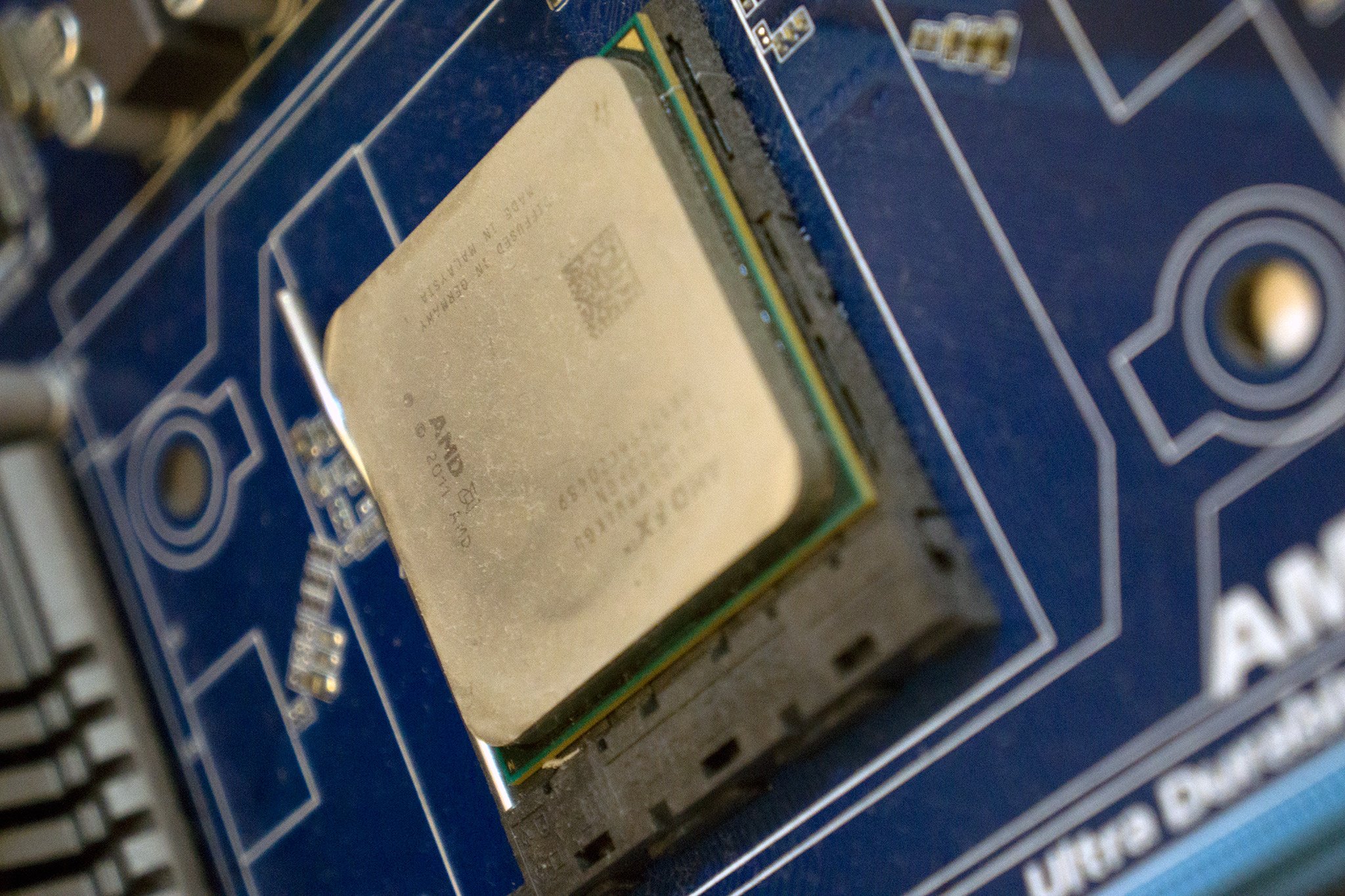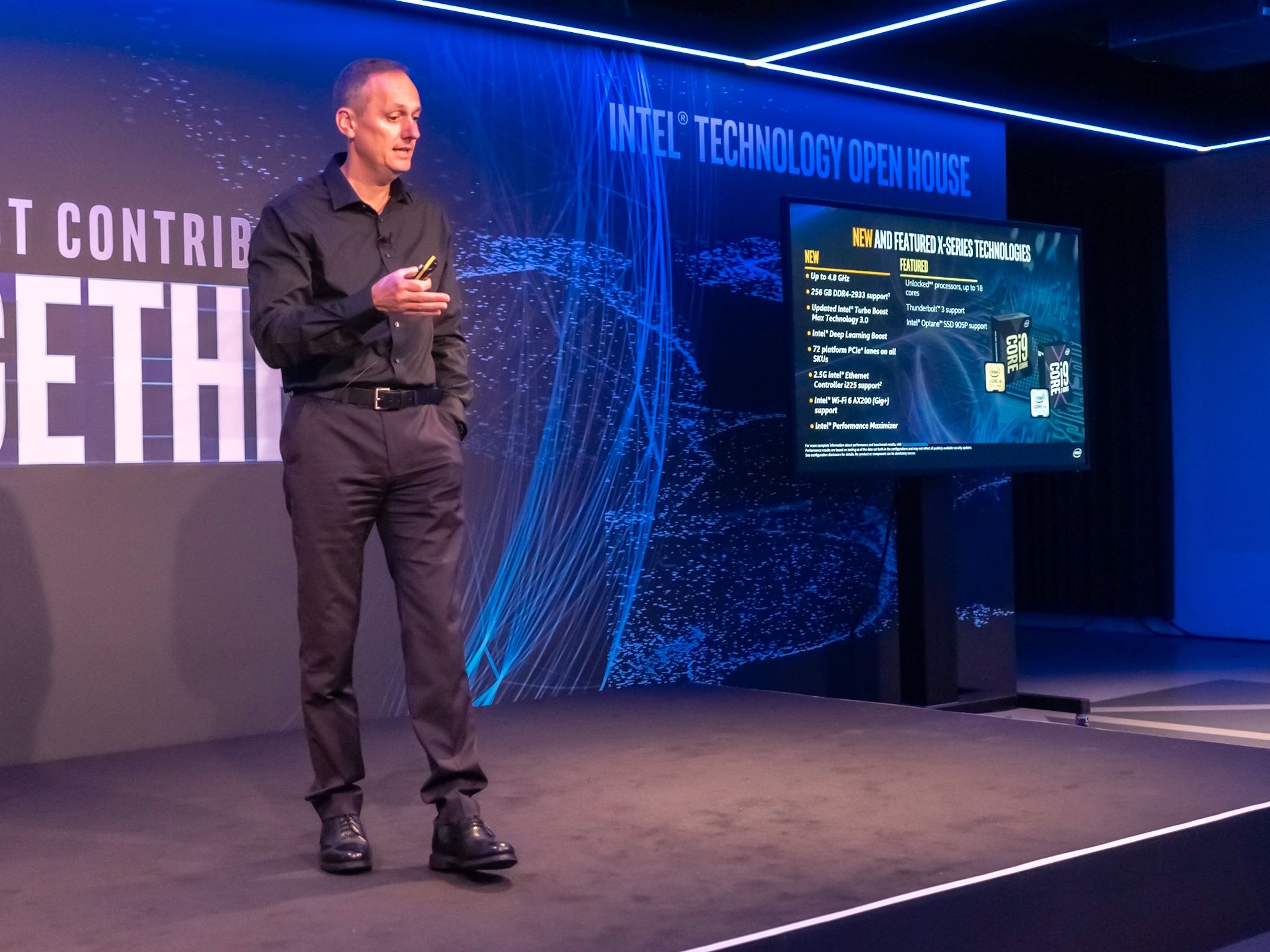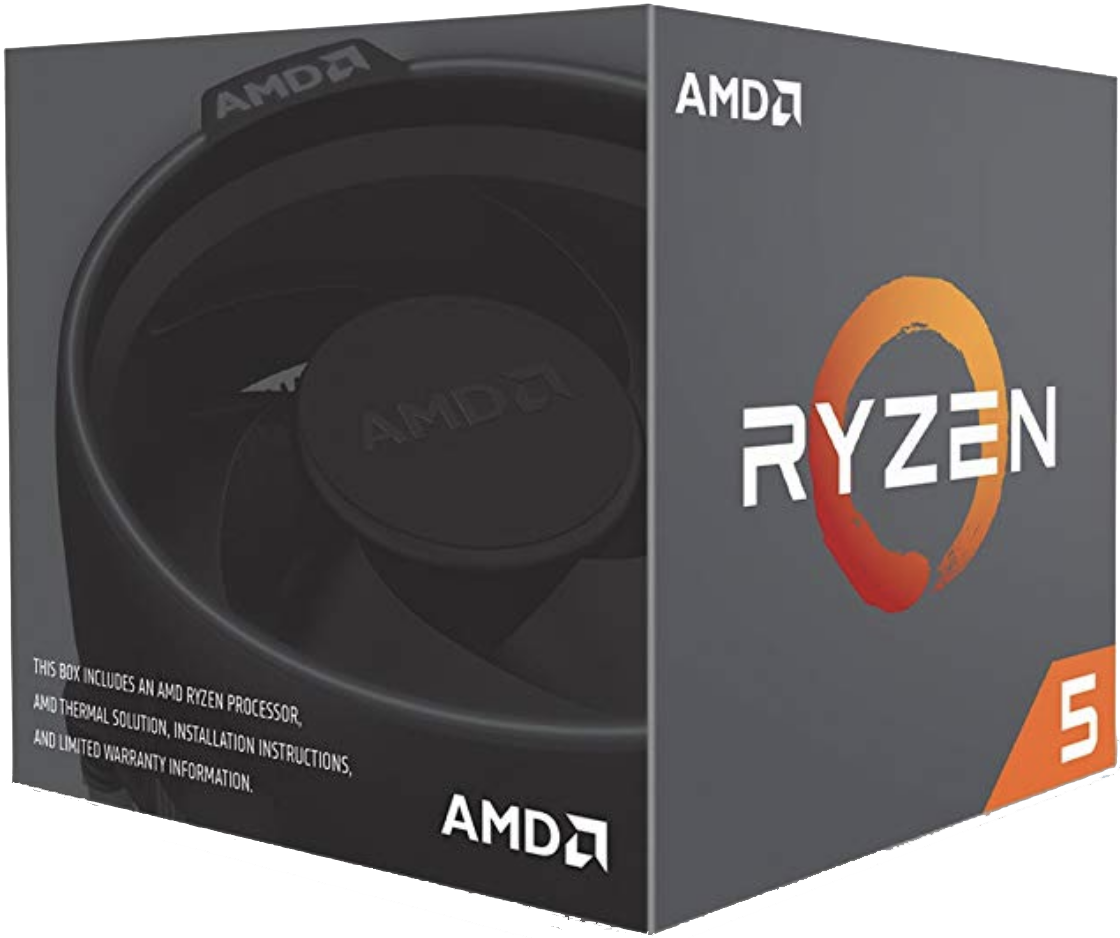Decade in review: AMD made major gains against Intel in the 2010s
Intel spent much of this decade all alone churning out minor CPU upgrades, but we take a look at how AMD managed to claw its way back onto the field.

Advanced Micro Devices (AMD) and Intel have been competitors since the late 1960s, and the competition was fierce between the two rivals. Throughout the early 2010s, AMD continued to struggle behind in the shadow of Intel, which was further strangling AMD with more advanced processors on the desktop and mobile platforms.
The Ryzen processor, released in 2017, is where AMD turned things around. Today, AMD is outselling Intel in the desktop category with its third-generation Ryzen processors. Intel is stumbling, rushing out new processors, slashing prices by as much as half, and struggling to work out how to compete against AMD's latest weapon of market disruption.
How did AMD manage to fall so far behind at the start of the decade? More importantly, how did Intel allow its competitor to claw its way back into the fight?
Solving the FX problem

AMD launched the Bulldozer microarchitecture in 2011 and was met with a mixed response at best. Some saw the processors as great value options for budget PC builds, while others lambasted the poor core performance. What was clear was Bulldozer had nothing on Intel's offerings at the time.
These processors, while underwhelming to the community and critics, were unlocked and allowed enthusiasts to push them hard. Even then, single-core figures lagged behind Intel counterparts. An overclocked AMD FX-4100 that could hit 5.0GHz would still disappoint with poor results in benchmarks suites.
King of clock speeds
Interestingly, the AMD FX-8350 holds the current record for the highest clock speed at a whopping 8,794.33 MHz. That can be rounded up to 8.5GHz, which doesn't sound high until you compare it to the average of between 3-4GHz.
AMD CEO at the time Rory Read conceded that Bulldozer had not performed as well as expected. Still, the company would have to carry on with the architecture while it also worked on something entirely new to replace it. In 2012, the company released Piledriver processors to replace aging Bulldozer CPUs, and the response was once again mixed.
All the latest news, reviews, and guides for Windows and Xbox diehards.
Three further architectures were released before AMD was in a position to share its internal project with the world after years of development. All the while, Intel enjoyed a period of relative stability in that the majority of PCs were running Intel processors, and AMD was nowhere to be seen. This allowed the company to become comfortable with its market-share dominance and avoid pouring too many resources into innovating its own line-up.
Ryzen up from the ashes
2017 will be marked down in the records at AMD HQ as the point at which the company managed to fix the steering system on the vessel, performing a full turn-around with the launch of Ryzen. Intel wasn't exactly prepared for this launch, nor was the market with many believing it wouldn't be enough to topple Intel.
While Intel's Kaby Lake processors at that time, namely the Intel Core i7-7700K, were running rings around AMD's older FX processors, the new Ryzen 7 1800X was a whole different beast. AMD has always been slightly better in multi-core applications because it crammed as many cores onto its FX chips as possible. Still, even the first-gen Ryzen processors were making gains in single-core benchmark scores, though there were a few teething issues due to Ryzen and the chipset being an entirely new platform.
Ryzen is where the game changed for AMD, providing Intel with a challenge once again.
This is where Intel's frontline defenses began to crack. Coffee Lake was the succeeding generation of Intel processors, offering notable improvements to performance and stole back what spotlight AMD managed to sneak into. Still, the second-gen Ryzen processors rolled out in 2018 is what would deal a considerable blow to Team Blue.
We shouldn't overlook the severity of Spectre and Meltdown, two processor vulnerabilities that hit Intel hard. While the former affected all processors, including those from AMD, Meltdown only affected Intel processors, resulting in a trust hit against the brand, as well as a significant drop in performance due to the fixes. (Yet more exploits were later published against Intel processors. Ouch.)

While AMD was knocked down in the early part of the decade, Intel enjoyed what was known as a "tick-tock" roadmap, allowing the company to roll out minor improvements to its own processor line-up without fear of competition. This would be replaced by itself and AMD leapfrogging one another with new generations of processors. That is until Zen 2 and third-gen Ryzen in 2019, which matched even Intel's latest line-up of desktop-class processors.
AMD managed to pull it off. In just three years before the decade closed, the company innovated and brought the fight back to Intel with the latter vendor even acknowledging the gains made by AMD in the field. Ryzen 9 3950X is the King of CPUs right now, leaving Intel to lick its wounds with the Core i9.
Intel still controls a significant portion of the market share, despite AMD's gains.
Sales are looking good for AMD — even Gamers Nexus noted an uptick in Ryzen sales compared to Intel — but there's a long way to go in terms of market share. We've also experienced a dramatic increase in traffic to our AMD coverage, which coincides with other reports of similar observations. People are excited about processors once again.
Steam now reports approximately 20% of machines running the gaming platform are now powered by AMD processors, a substantial gain for Team Red. But it's not all looking positive for AMD with Intel still dominating notebooks with its mobile processors. What AMD hopes will sway PC owners and system builders into using AMD processors is the value.
The AMD Ryzen 9 3900X is available right now for $494. That may sound like quite the price, but this is a 12-core processor with 24 threads. That's an insane amount of performance available for a variety of applications, including games. AMD is killing the budget end of the market with the likes of the six-core Ryzen 5 3600X for $200.
Intel losing out to AMD APUs

While AMD's progress in the higher-tier processor space has been immense, the company's more budget-focused products shouldn't be forgotten. At the lower end, an AMD APU is now arguably the best choice for a budget system, be that for gaming or just general productivity purposes.
The killer feature has been the integrated Vega GPU. While Intel has finally started to catch up with its new Iris Plus graphics, AMD still has the edge in the budget end of the market since Intel is currently reserving this for its higher-end laptop chips. As we go into 2020, the fight will be back on as Intel finally gets 10th Gen onto the desktop. However, as we close out 2019, it's all AMD.
At the lowest end, AMD puts three of its Vega cores onto an APU, with eight in the mid-tier and 11 on the flagship Ryzen 5 3400G. Perhaps the only bad thing you can say about the regular Ryzen CPUs is that you have to add a graphics card to your system just to be able to get a display output, but that's not so with the APUs.

At the bottom end, you have the from $50 Athlon APUs, which still use Zen CPU cores, but only two of them with hyper-threading. Even so, on an Athlon 200GE, it's entirely possible to play games such as Tomb Raider and the first Dirt Rally at 720p above 30 FPS. If you go up to the $150 Ryzen 5 3400G with four-cores and eight hardware threads combined with 11 GPU cores, you're looking at being able to get 60FPS in F1 2019 at 1080p.
AMD's other strength with its APUs is that despite the low cost, the chips are unlocked, which means you're free to have a little tinker and squeeze even more performance from them. Giving a little boost to the CPU and GPU cores on the 3400G yields incredible results for something so affordable.
However you look at it, the arrival of the Zen architecture to AMD's APU lineup changed the game. It ensured that even budget PC builders had an option to create something powerful and exciting. Whether you want to game or not, there's little reason not to consider a Ryzen APU right now in a budget system.
What all this means for the future
It's a great time for PC builders, and the industry as a whole since competition between AMD and Intel results in far better pricing and products for customers — us. We expect competition to continue simmering away between the two companies, with the two trading blows in performance, value, and clock speeds.
For now, AMD will enjoy how well the Ryzen 9 3900X is selling — it's sold out at various retailers — and Intel will need to return to the drawing board and come up with something new. How this will all play out in the next ten years will be exciting, especially with other plays (hello, Qualcomm) entering the arena.
Here's more on how Microsoft, Apple, and Google dominated the 2010s.
- Microsoft
- Apple

Rich Edmonds was formerly a Senior Editor of PC hardware at Windows Central, covering everything related to PC components and NAS. He's been involved in technology for more than a decade and knows a thing or two about the magic inside a PC chassis. You can follow him on Twitter at @RichEdmonds.



